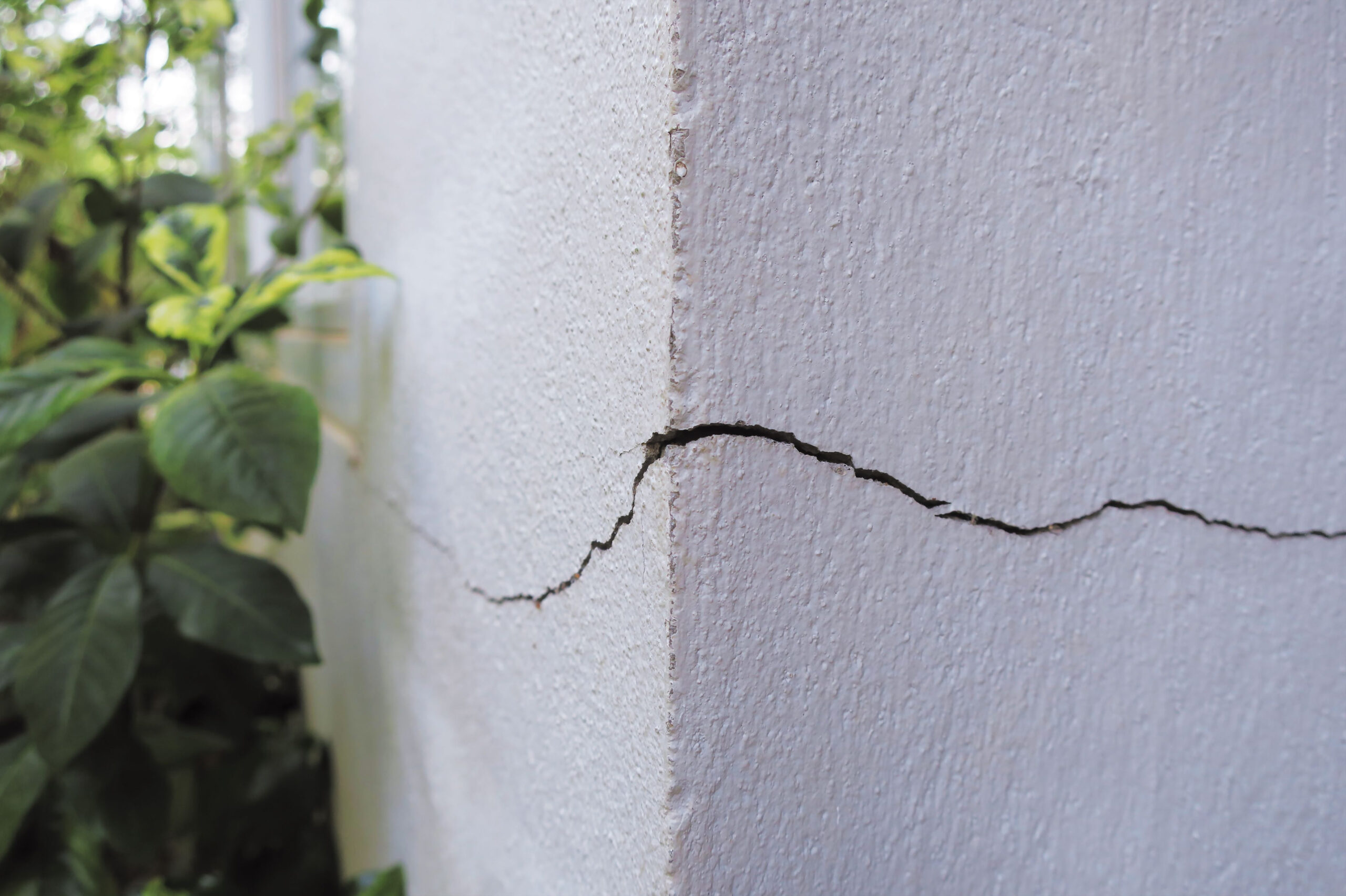One of the main concerns you should have when building a new structure or adding onto an existing structure is using high-quality materials. While high-quality materials tend to cost more, they are worth the investment. Concrete is one of the most popular building materials in the world.
Correctly pouring and finishing a concrete surface can be incredibly difficult. One of the worst things that can happen to a concrete surface is the formation of cracks. Knowing the cause of these cracks is the only way to develop a plan to fix them.
Read below for more information on the types of concrete cracks and what they mean.
1. Cracks Caused By Concrete Settling
In some cases, outside forces will lead to cracks forming in a concrete surface. The ground located under a concrete surface can start to settle and shift over time. If there is a void between the concrete surface and the ground underneath, settling cracks are bound to happen.
Dirt that isn’t compacted before a concrete surface is laid on top of it will definitely shift. Rather than dealing with the damage these cracks can cause, you need to work with professionals to prep your site before the concrete is poured. DIY concrete pouring is usually the main cause of imperfections and cracks in a concrete surface. This is why hiring professionals to perform this difficult job is so important.
2. Concrete Cracks Caused By Plastic Shrinkage
Before concrete begins to harden, it will be in a plastic state. The concrete is filled with water in this state. As the water dissipates during the hardening process, big voids will form between solid particles. These voids will make certain parts of the concrete surface weaker and prone to cracking.
If the concrete mix being used is excessively wet, lots of plastic shrinkage cracks will begin to form. Inexperienced concrete mixers have a tendency to use too much water in their mix. If you want to keep these types of cracks out of your concrete surface, you have to work with seasoned concrete mixing and installation professionals.
3. Premature Drying Cracks
If you notice cracks on your concrete surface that resemble spiderwebs, this is a result of premature drying. When concrete loses moisture too quickly, these types of cracks will start to form. These types of cracks are unappealing but pose little to no threat to the structural integrity of the surface. A quality mix and proper site preparation are effective ways to avoid drying cracks.
4. Expansion Concrete Cracks
Expansion cracks are very common in concrete surfaces. Over time, concrete will expand and crack if expansion joints aren’t installed. These joints are made from things like rubber or asphalt and act as shock absorbers. Taking the time to install these expansion joints can help you avoid damage to the concrete surface in the future.
Are you trying to get a concrete surface constructed the right way? If so, the team at Griffin Contracting Inc. is here to help.


